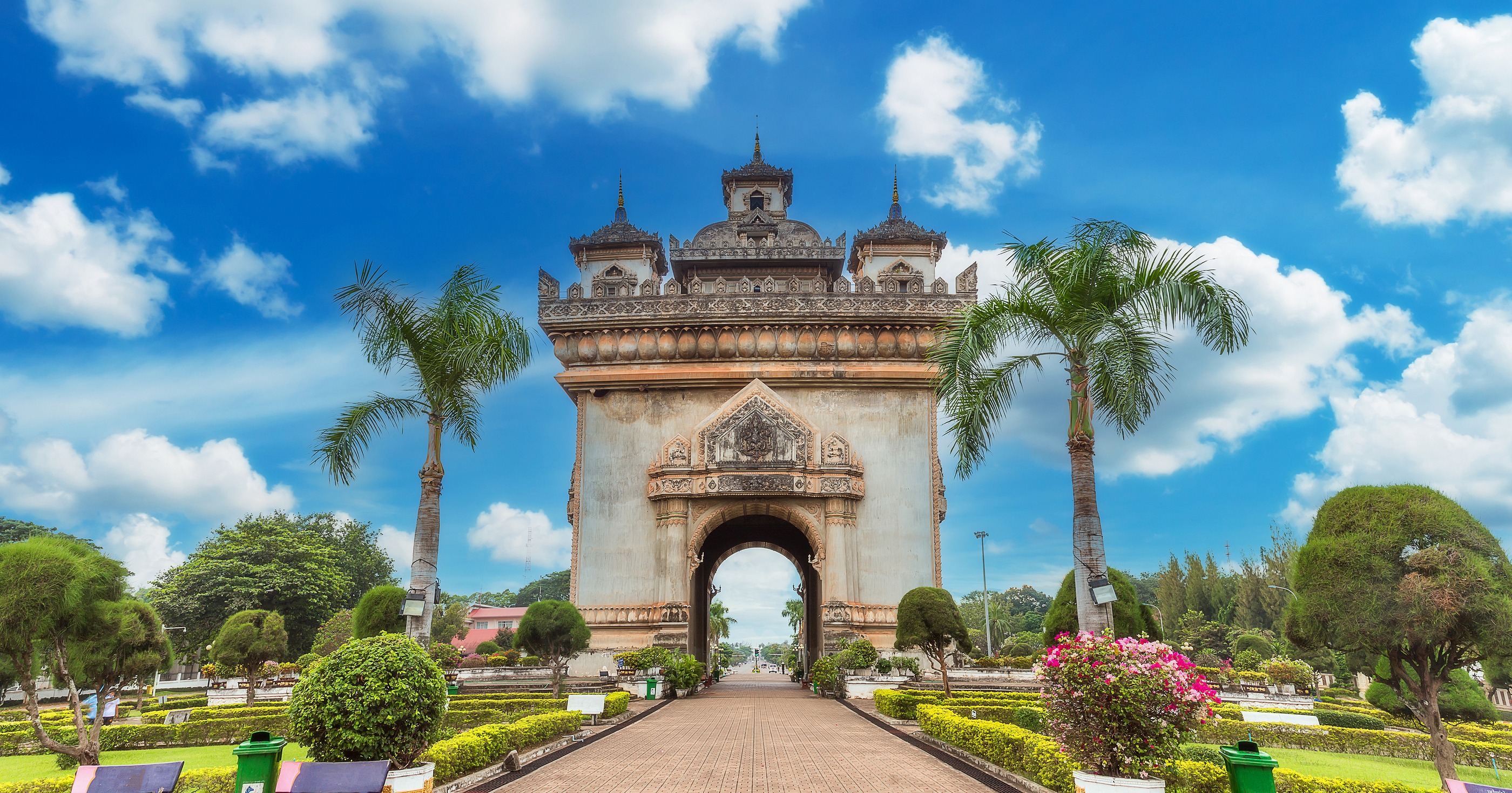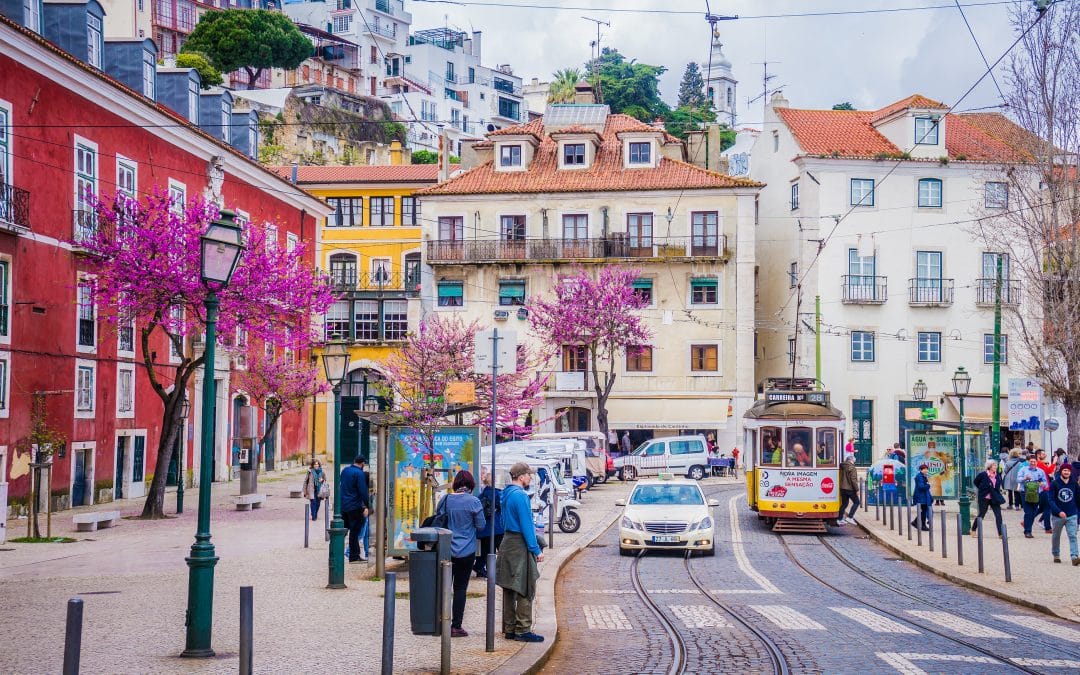

How to be a Digital Nomad in Playa Del Carmen, Guadalajara
Playa Del Carmen, Mexico is an incredible location to be based out of as it’s in the exact same time zone as the east coast, EST, New York.
10 people find this post amazing!
Situated in the center of the Indochinese Peninsula, Laos is the only landlocked country in Southeast Asia. The Annamite Range surrounds it in the east and the Mekong River. If you want to go back in time and walk-in times past, Laos offers a unique experience. There is no shortage of inspiration and calm courtesy of the rich panoramic views and beautiful natural surroundings from Laos’s inviting mountainous landscapes, rivers, waterfalls, and forests.
Vientiane, the capital city of Laos, is a hidden gem for digital nomads looking for a unique experience. With its laid-back atmosphere, affordable cost of living, and stunning natural beauty, Vientiane is an ideal location for those who want to work remotely and explore a new culture.
As a digital nomad in Vientiane, you’ll have access to a range of coworking spaces and cafes with reliable Wi-Fi. Many spaces offer comfortable seating, air conditioning, and plenty of outlets to charge your devices. Plus, you’ll have the chance to meet other like-minded individuals who share your passion for remote work.
When you’re not working, there’s plenty to see and do in Vientiane. Visit the iconic Patuxai monument, explore the vibrant night market, or take a relaxing stroll along the Mekong River. With its blend of traditional and modern culture, Vientiane is a destination that will inspire and invigorate digital nomads from all walks of life.

The country had its stints of civil unrest, which gave rise to a brutal civil war known as the Laotian Civil War ending in 1975 and gave birth to the Lao People’s Democratic Republic. Laos is one of the least developed countries in Asia, with its economy reliant on its export of natural resources. A big coffee producer is offering a treat to coffee lovers who can top off their visit to Laos with a coffee plantation tour. You can also try out traditional Lao coffee brewed in bamboo.
Laos is a former French colony retaining several French remanences from years of French colonial rule. These include a French and Lao cuisine fusion; hence it’s no surprise that you can grab a delicious-tasting croissant or baguette for breakfast in the heart of Southeast Asia. You can still see French colonial architecture alongside Lao architecture distributed in Laos. French architecture includes villas, the 1926 Catholic cathedral, the Royal Palace Museum, the grand Institut Français, and the royal mansion in Luang Prabang. Even in terms of language, a small portion of Laos’s inhabitants speak French, with Laos’ Francophone community ranking second largest in Southeast Asia.
Digital nomads use technology to work remotely and travel the world. They are not tied to a specific location and often work in various countries while exploring new cultures and experiences. The rise of digital nomadism is due to the increasing availability of technology and the desire for a more flexible lifestyle. Digital nomads often work in graphic design, writing, programming, and marketing. They use laptops, smartphones, and the Internet to communicate with clients and colleagues. This allows them to work from anywhere worldwide, as long as they have an internet connection.
One of the benefits of digital nomadism is the flexibility it provides. Digital nomads can work from anywhere and anytime, allowing them to create a work-life balance that suits their needs. They can also travel to new places and experience different cultures, which can be a source of inspiration and creativity. However, digital nomadism also has its challenges. Finding a stable income and maintaining a consistent work schedule while traveling can be challenging. Digital nomads must also be self-disciplined and motivated to stay productive while working remotely.
Overall, digital nomadism is a lifestyle that is growing in popularity. It offers individuals the freedom to work and travel on their terms. However, success requires a certain level of discipline and adaptability.
Digital nomads in Vientiane, Laos, can access healthcare facilities that provide essential medical services. The Government-run hospitals and clinics offer affordable healthcare services to citizens and foreigners. The following are some of the healthcare facilities that digital nomads can use in Vientiane:
These healthcare facilities provide medical services such as emergency, outpatient, and inpatient care. However, digital nomads should note that the quality of healthcare services may vary, and it’s advisable to have health insurance that covers medical expenses in Laos.
Vientiane offers a range of networking opportunities for digital nomads looking to connect with like-minded individuals and expand their professional network. One popular option is attending events hosted by the Vientiane Digital Nomads group, which organizes regular meetups and workshops for digital nomads in the city. These events provide an excellent opportunity to network with other professionals, learn new skills, and share experiences.
Another option is coworking spaces, such as Toong Coworking Space and Regus Vientiane. These spaces offer a professional environment for digital nomads to work and collaborate with others, as well as networking events and workshops. For those interested in entrepreneurship and startups, the Mekong Business Initiative hosts various events and programs to support startups and SMEs in the Mekong region. These events provide an excellent opportunity to connect with other entrepreneurs and investors and learn about the region’s latest trends and opportunities.
Overall, Vientiane offers a range of networking opportunities for digital nomads looking to connect with others and expand their professional network. Whether it’s attending events hosted by the Vientiane Digital Nomads group, coworking at spaces like Toong Coworking Space and Regus Vientiane, or participating in entrepreneurship programs hosted by the Mekong Business Initiative, digital nomads in Vientiane have plenty of options to choose from.
| ?️ Continent | Asia | ?️? Country | Laos |
| ✈️ Average trip length | ?3 days | ?️ Internet speed (avg) | 1 Mbps |
| ☀️ Weather (now) | ? 30°C + ? Sweaty (91%) = feels 40°C | ? Air quality (now) | ? 5 US AQI ? OK |
| ? Power | 230V 50Hz | ? Best wireless carrier | Unitel |
Laos has distinct wet and dry seasons. The wet season is Laos’ monsoon season. This season is hot and lasts six months, from May to October, with moderate rainfall, which can persist a few hours. The monsoon season has high humidity levels, which peak in August. Travelling can be difficult during the wet months, especially in the rural areas which generally have unpaved roads, so this may not be the most favorable time to visit. As a digital nomad, mobility is usually a huge asset when you want to travel around the country and find ideal working spots. The northern part of the country experiences more rain than its southern counterpart.
The dry season has six cooler months, from November to April. Laos experiences milder weather from November to February, after which the temperatures start to pick up in March and April with warmer weather. The south end of the country tends to experience hotter weather, with temperatures getting to as high as 87.8oF (31oC).
The dry season highs in the north, e.g., Luang Prabang, are sizably lower than the south with maximum temperatures of 27oC.
Phuket, Phuket weather forecast hourly
| ✋? Asian+304% | ? Motorcycling+100% | ? UI/UX Design+55% | ? Not religious+20% |
| ? Samoyeds+162% | ? Drawing+89% | ? Backpacking+48% | ? Web Dev+20% |
| ? Facebook+128% | ? Startup Founder+88% | ? Introvert+39% | ? Ecommerce+15% |
| ?? Creative+101% | ? Vegan+55% | ⛱ Beach+38% | ?♀️ Yoga+13% |
| ? Cost of living for nomad | $795 / month | ? Cost of living for expat | $575 / month |
| ? Cost of living for family | $1,132 / month | ? Cost of living for local | $323 / month |
| ? 1br studio rent in center | $274 / month | ? Coworking | $69 / month |
| ? Hotel (median price) | $446 / month | ? Hotel (median price) | $21 / night |
| ? Airbnb (median from 222 listings) | $932 / month | ? Airbnb (median price) | $31 / night |
There’s a wonderful English word which works well to describe cheap accommodation in most of Laos. That word is squalid. If you want budget accommodation, stay away from Laos, seriously, a long way away.
Competition in the local market from wealthy Chinese businesspeople means that accommodation is much pricier than in other parts of the region and even when you’re prepared to pay for it – it’s often not as luxurious or well turned out as in the rest of the region.
You could find a room for as little as $50 if you want to share with rats and cockroaches and are prepared to live under a fan.
We’d expect to pay $500-$600 a month for anything of an acceptable standard and often quite a bit more than that. You will find cheaper away from Vientiane and Luang Prabang but at the price of Internet services and other services.
There is not a huge amount of homes for rent to foreigners and few laws which govern a transaction. Rents, deposits, contracts, etc. are thus all up for negotiation to some extent. You may/may not get your deposit back at the end of a contract.
Burglary is not uncommon in Lao and you should look to rent as secure a place as possible.
You will probably be expected to pay for utilities directly to the provider. This means fair rates but can be a bit of a hassle too. Electricity and the Internet are not cheap. We’d expect bills of $150+ if you use air conditioning.
To learn more about Anyplace.com
Click Here Now.
| ✅ Very cheap to live | ❌ No freedom of speech |
| ✅ Pretty safe | ❌ No democracy |
| ✅ Warm now | ❌ Unusably slow internet |
| ✅ Warm all year round | ❌ Not much to do |
| ✅ Good air quality on average | ❌ Very sweaty and humid now |
| ✅ Spacious and not crowded | ❌ Not many Nomad List members go here |
| ✅ Safe for women | ❌ Difficult to do business |
| ✅ LGBTQ+ friendly | ❌ Hospitals are bad |
| ✅Not many people smoke tobacco | ❌ Roads can be dangerous |
| ❌ People don’t speak English well | |
| ❌ Not family friendly |

The people are among the warmest in the world, even if they’re not particularly industrious.
The temples and monuments are uniquely Lao and the scenery in the remoter parts of the country is majestic.
Friendly locals and a sense of community
https://nomadlist.com
https://digitalnomads.world
Widipedia.org
Expertvagabond.com
DigitalNomads.world
Thrivemyway.com
Abrotherabroad.com
Tomaslau.com
Thepointsguy.com
Websiteplanet.com

Playa Del Carmen, Mexico is an incredible location to be based out of as it’s in the exact same time zone as the east coast, EST, New York.

Playa Del Carmen, Mexico is an incredible location to be based out of as it’s in the exact same time zone as the east coast, EST, New York.

Playa Del Carmen, Mexico is an incredible location to be based out of as it’s in the exact same time zone as the east coast, EST, New York.

Lisbon has incredible historical design as well as various sites you definitely need to see while you are there.
Table of Contents

Achieve Your Goals Now!
